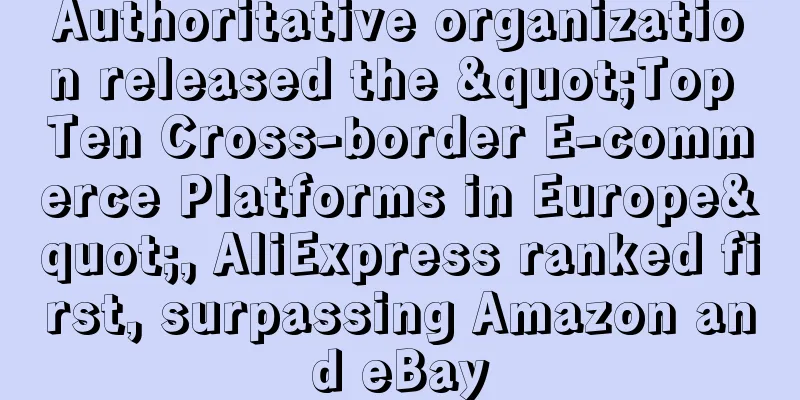What is Estonian Financial Supervisory Authority? Estonian Financial Supervisory Authority Review, Features

|
The Estonian Financial Supervisory Authority is a financial supervisory and resolution body with autonomous competence and budget, acting on behalf of the Estonian State and making independent decisions.
About the Estonian Financial Supervisory Authority The Estonian Financial Supervisory Authority (FSA) was established on January 1, 2002. The Estonian Financial Supervisory Authority exercises state supervision over banks, insurance companies, insurance intermediaries, investment companies, management companies, investment and pension funds, payment institutions, electronic money institutions, creditors and intermediaries, as well as securities markets authorised by the Financial Supervisory Authority. In June 2005, structural changes took place and the FSA organized its work through supervision of capital and supervisory services. The solvency and sustainability of market participants are the main aspects of its capital supervision, while supervisory services aim to ensure the transparency, reliability and efficiency of financial services. The FSA Management Board is currently headed by Kilvar Kessler (Chairman), Andres Kurgpõld and Andre Nõmm.
Objectives of the Estonian Financial Supervisory Authority 1. Ensure that financial services companies provide stable and high-quality services to promote the reliability of the Estonian monetary system. 2. The main purpose of supervision is to ensure that financial institutions can meet the future needs of customers, including paying deposits, insurance losses or pensions. In addition, the FSA is also committed to improving the efficiency of the Estonian financial sector, avoiding systemic risks, and preventing the occurrence of criminal offenses in the financial sector. 3. The work of the institution also involves explaining the types of risks to customers and assisting them in choosing appropriate financial services.
Application Process 1. The founders of an investment company or the management board of a registered public limited liability company applying for an activity license shall submit the following documents and information to the financial supervisory authority: 2. After the company is established, a notarized copy of the basic agreement or resolution; 3. A copy of the company's articles of association and, in the case of a business company, the decision of the general meeting of shareholders on amending the articles of association together with the text of the amendment to the company's articles of association; 4. A list of shareholders, which should include the name, personal identification number or registration number and date of birth of each shareholder or member. The number of shares and votes owned by each shareholder should also be indicated; 5. Information about the applicant’s shareholders who have eligible shareholdings; 6. Information on the members of the applicant’s management committee and supervisory board as well as administrative personnel; 7. Information on companies in which the applicant or its managers hold more than 20%, which should also include the amount of share capital, a list of the fields of activity and the percentage of participation of the above persons; 8. Information about the applicant’s auditors and persons conducting internal controls; 9. The applicant's initial balance sheet and a summary of its income and expenses, or, for an operating company, a balance sheet and profit and loss statement as of the end of the month preceding the month in which the application is submitted and the three most recent annual reports, if any; 10. For operating companies, provide documents proving the size of their own funds and audit reports; 11. If the qualifying holding is owned by a foreign credit institution, management company, investment fund, investment company, insurance company or any other person subject to financial supervision, a certificate issued by the appropriate national supervisory authority showing that the foreign securities firm holds a valid license for the activity and, finally, that its activities do not violate the current legislation of the authorities; 12. The applicant's three-year business plan, including at least a description of the proposed activities, the applicant's organizational structure, business location, applicable information systems and other technical equipment and economic indicators; 13. Accounting policies or procedures or their drafts; 14. Supervise compliance with the code of conduct and internal audit rules stipulated in the Money Laundering and Terrorist Financing Prevention Act; 15. The applicant undertakes the obligation to pay the single contribution stipulated in the Guarantee Fund Law. |
<<: What is Rippling? Rippling Review, Features
>>: What is OpenGamma? OpenGamma Review, Features
Recommend
No more layoffs! Amazon "recommends employees" to resign on their own
E-commerce giant Amazon recently announced a new ...
43% of Brits strongly regret using Amazon
According to foreign media reports, digital exper...
Sales exceeded 1 trillion yen in 3 months, Japan's Rakuten's first quarter report for 2021 is released
Japan's Rakuten Group recently released its f...
Pinterest launches new feature! Turning virtual shopping into reality
Recently, Pinterest announced the launch of the &...
IPO date set! Made.com valued at £775m
Foreign media reported that the British Made.com ...
Amazon’s share of the US e-commerce market hit a new high, and the best-selling category is…
New PYMNTS data shows that nearly 60% of online r...
What is RecorgaPay? RecorgaPay Review, Features
RecorgaPay is Brazil’s leading mobile payment fin...
Experience is king! 60% of North American consumers believe that businesses need to improve their services
As online shopping frequency increases , consumer...
Target will invest $5 billion to expand its business
This week, Target announced plans to invest $5 bi...
Sold out! Heating products are selling like hot cakes, with some sales increasing 13 times
"Fearing energy shortages, Polish people que...
What is Ro? Ro Review, Features
Founded in October 2017, Ro is a healthcare techn...
What is faucetlist? faucetlist Review, Features
faucetlist offers a large selection of quality bra...
What is wildteaqi? wildteaqi Review, Features
wildteaqi is an online website focusing on tea. Ab...
Over 200 million packages were stolen, here’s the secret to preventing package thefts on Christmas!
According to the survey data of the home security...
52% of Americans will buy new shoes, with casual shoes being the most popular
Recently, according to SGB Media Online , a surve...









